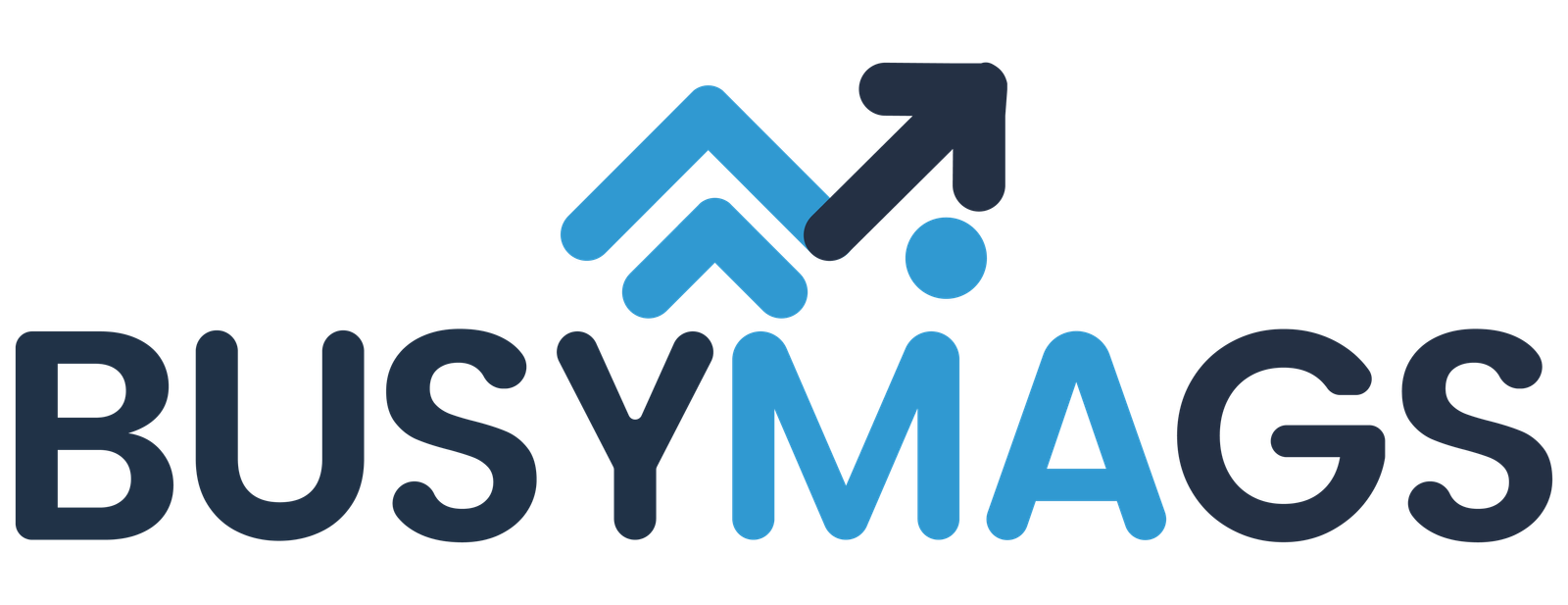In today’s workplace, understanding Purdue Global generational differences in the workplace has become a critical factor for organizational success. As the workforce continues to grow more diverse, with employees spanning from Baby Boomers to Generation Z, companies must navigate these differences effectively. Purdue Global provides valuable insights and resources to help organizations address these challenges and create harmonious, productive work environments.
What Are Generational Differences in the Workplace?
Generational differences refer to the unique characteristics, values, and behaviors associated with employees from different age groups. Each generation brings distinct perspectives, shaped by their life experiences and societal trends. The key generations in today’s workforce include:
- Baby Boomers (1946-1964): Known for their loyalty, work ethic, and preference for stability.
- Generation X (1965-1980): Valued for their independence, adaptability, and focus on work-life balance.
- Millennials (1981-1996): Recognized for their purpose-driven mindset, tech-savviness, and desire for flexibility.
- Generation Z (1997-present): Celebrated for their innovation, inclusivity, and comfort with digital technology.
These differences influence everything from communication styles to career aspirations, shaping workplace dynamics in significant ways. Understanding Purdue Global generational differences in the workplace can help bridge these gaps effectively.
Purdue Global’s Perspective on Generational Differences
Purdue Global generational differences in the workplace have been a focal point of the institution’s research and educational resources. Purdue Global has emerged as a trusted authority on understanding and addressing these differences. Through extensive research, webinars, and educational resources, they offer practical strategies for organizations to bridge generational gaps and foster collaboration. Purdue Global emphasizes the importance of embracing diversity as a strength rather than a challenge.
Key Areas of Generational Differences
Workplace Values
- Baby Boomers: Highly value loyalty and a strong work ethic.
- Gen X: Seek independence and self-reliance in their roles.
- Millennials: Prioritize meaningful work and flexibility.
- Gen Z: Thrive in environments that promote innovation and inclusivity.
Understanding Purdue Global generational differences in the workplace highlights how these values impact team dynamics and productivity.
Communication Styles
Generations differ in their preferred methods of communication. Baby Boomers may prefer face-to-face meetings, while Millennials and Gen Z often lean toward digital tools like instant messaging or emails. Bridging these preferences requires open dialogue and flexibility, as outlined in Purdue Global generational differences in the workplace research.
Technology Use
Younger generations, particularly Millennials and Gen Z, are digital natives who readily adapt to new technologies. In contrast, Baby Boomers may require additional support or training to stay up-to-date. This disparity can create opportunities for mentorship and skill-sharing. Addressing these gaps is a key focus of Purdue Global generational differences in the workplace strategies.
Work-Life Balance
While Baby Boomers often emphasize dedication to their careers, Millennials and Gen Z place greater importance on work-life integration. Organizations can address these varying needs by offering flexible schedules and remote work options. This aligns with insights from Purdue Global generational differences in the workplace.
Challenges of Managing a Multigenerational Workforce
Managing Purdue Global generational differences in the workplace is not without its challenges. Common issues include:
- Miscommunication: Differing communication preferences can lead to misunderstandings.
- Conflicting Expectations: Each generation may have unique priorities and approaches to work.
- Resistance to Change: Older generations may be hesitant to adopt new technologies or processes.
Benefits of Embracing Generational Diversity
Despite the challenges, understanding and embracing Purdue Global generational differences in the workplace brings significant benefits to organizations:
- Enhanced Creativity: Diverse perspectives lead to innovative solutions.
- Broader Skill Sets: Generational differences contribute to a wide range of expertise and experiences.
- Stronger Teamwork: Inclusive environments encourage collaboration and mutual learning.
Purdue Global’s insights emphasize the importance of leveraging these benefits to build cohesive, high-performing teams.
Strategies for Bridging Generational Gaps
To effectively manage Purdue Global generational differences in the workplace, organizations can implement the following strategies:
Training and Development
- Introduce cross-generational mentorship programs to promote knowledge-sharing.
- Provide professional development opportunities tailored to diverse learning preferences.
Flexible Work Environments
- Offer remote work options and flexible schedules to accommodate varying needs.
- Tailor benefits packages to appeal to different generations.
Effective Communication
- Encourage open dialogue to understand individual preferences.
- Utilize technology to streamline collaboration and foster inclusivity.
Conclusion
Understanding and addressing Purdue Global generational differences in the workplace is essential for creating a thriving workplace. By embracing diversity and implementing strategies to bridge generational gaps, organizations can unlock the full potential of their workforce. Purdue Global offers a wealth of resources to help companies navigate these complexities and build harmonious, productive teams.
Frequently Asked Questions (FAQs)
What insights does Purdue Global provide about generational differences in the workplace?
Purdue Global offers in-depth research, webinars, and strategies to help organizations understand and address generational differences effectively, fostering collaboration and productivity.
Why is understanding generational differences important for workplace success?
Recognizing generational differences helps organizations enhance communication, bridge gaps, and leverage diverse perspectives for innovative solutions and stronger teamwork.
How do communication styles differ across generations in the workplace?
Baby Boomers prefer face-to-face communication, while Millennials and Gen Z often rely on digital tools. Purdue Global suggests strategies to bridge these gaps for seamless interaction.
What are some challenges in managing a multigenerational workforce?
Common challenges include miscommunication, conflicting expectations, and resistance to change. Purdue Global provides actionable solutions to address these issues effectively.
How can organizations benefit from embracing generational diversity?
By leveraging generational diversity, organizations can enhance creativity, broaden skill sets, and foster inclusive teamwork, as outlined in Purdue Global\u2019s research on workplace dynamics.
Recommended Article:
Gabby Pitso: A Rising Star in Sports and Digital Media
History of Metlox Dining California Rose Pattern Vernon Ware
How to Master commencement ceremony guest ettiquete welcome univesrity





